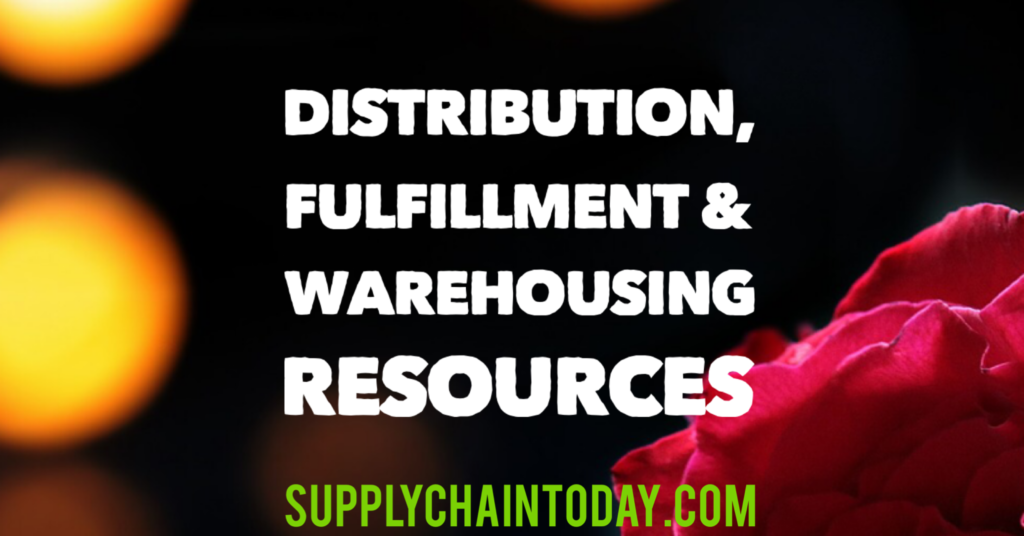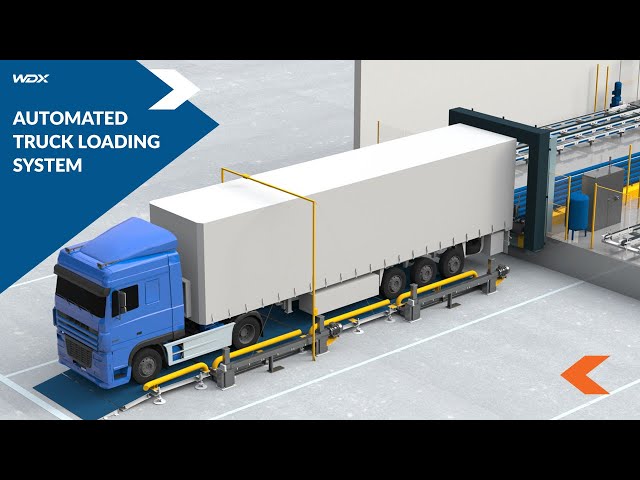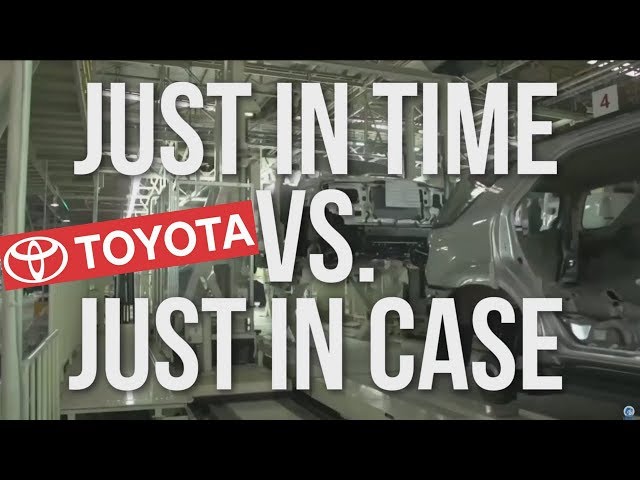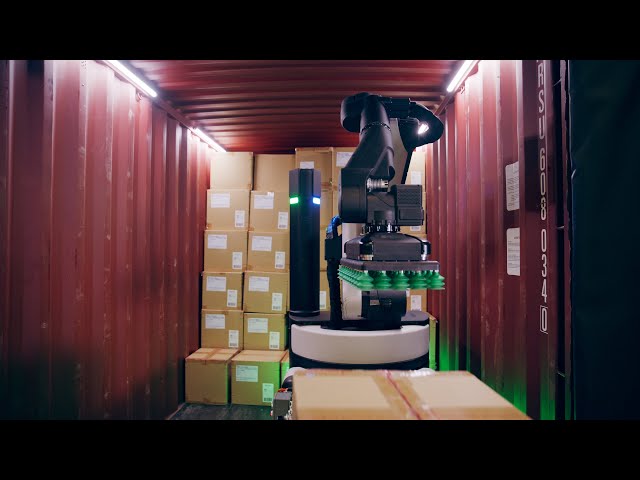What is Distribution, Warehouse and Inventory Management?
Inventory and warehouse management are critical aspects of supply chain management that involve coordinating the flow of goods and materials through the supply chain. Some key aspects of inventory and warehouse management include:
- Inventory planning: Inventory planning involves determining the right level of inventory to maintain in order to meet customer demand while minimizing costs. This may involve considering factors such as lead times, demand patterns, and safety stock levels.
- Inventory control: Inventory control involves managing the flow of inventory through the supply chain. This includes activities such as receiving, storing, and distributing goods, as well as monitoring inventory levels and ensuring that they are accurate.
- Warehouse design and layout: Warehouse design and layout involves determining the most efficient and cost-effective way to organize and store inventory in a warehouse. This may include considering factors such as the type of goods being stored, the equipment and resources that are needed, and the flow of goods through the warehouse.
- Material handling: Material handling involves the movement and storage of goods within a warehouse. This may include the use of equipment such as forklifts and conveyor belts to move and store goods, as well as manual handling techniques.
- Order fulfillment: Order fulfillment involves processing and completing orders for customers. This may include activities such as picking and packing orders, as well as managing the shipping and delivery process.
Overall, inventory and warehouse management are critical aspects of supply chain management that involve coordinating the flow of goods and materials through the supply chain.
Advantages and Disadvantages
Advantages of distribution, fulfillment, and warehousing:
- Convenience: Distribution, fulfillment, and warehousing allow companies to provide convenient delivery options to their customers, such as home delivery or pickup from a store or warehouse.
- Improved customer service: Effective distribution, fulfillment, and warehousing can help improve customer service by ensuring that orders are fulfilled and delivered promptly and accurately.
- Increased efficiency: Distribution, fulfillment, and warehousing can increase the efficiency of the supply chain by streamlining the process of getting goods to customers.
- Cost savings: Distribution, fulfillment, and warehousing can lead to cost savings by reducing the need for a company to maintain its own fleet of delivery vehicles and by allowing a company to take advantage of bulk shipping rates.
Disadvantages of distribution, fulfillment, and warehousing:
- Complexity: Distribution, fulfillment, and warehousing can be complex processes, especially for companies that have a large number of products or customers.
- Time-consuming: Managing the distribution, fulfillment, and warehousing process can be time-consuming, as it involves coordinating with suppliers, carriers, and customers.
- Limited control: Outsourcing distribution, fulfillment, and warehousing can mean that a company has less control over these processes, which can lead to risks such as delays or mistakes.
- Cost: Outsourcing distribution, fulfillment, and warehousing can be costly, as it involves paying for the services of third-party logistics providers.
- Limited flexibility: Using a third-party logistics provider can limit a company’s flexibility, as it requires a company to work within the provider’s systems and processes.
Costs Savings:
There are several ways in which distribution, fulfillment, and warehousing can lead to cost savings:
- Economies of scale: By using a third-party logistics provider, a company can take advantage of economies of scale, as the provider will likely handle a large volume of shipments, which can lead to bulk shipping rates.
- Reduction of labor costs: Outsourcing distribution, fulfillment, and warehousing can reduce a company’s labor costs, as it reduces the need for the company to hire and manage its own staff for these tasks.
- Inventory management: Effective inventory management can help reduce costs by minimizing excess inventory and reducing the risk of stock-outs.
- Improved contract management: Negotiating favorable terms with carriers and other logistics providers can lead to cost savings.
- Streamlining processes: Streamlining the distribution, fulfillment, and warehousing process can lead to cost savings by increasing efficiency and reducing waste.
- Use of technology: Utilizing technology, such as automated order processing and tracking systems, can help reduce costs by increasing efficiency and accuracy.
Location Analysis:
There are several aspects of location analysis that are important to consider when selecting a site for a distribution center, including:
- Accessibility: The distribution center should be located near major transportation routes (such as highways, rail lines, and airports) to facilitate the movement of goods in and out of the facility.
- Proximity to customers: The distribution center should be located near the target market to reduce transportation costs and improve delivery times.
- Labor availability: The distribution center should be located in an area with a sufficient pool of skilled labor to staff the facility.
- Land and building costs: The cost of land and construction or lease of the building should be considered when selecting a site for the distribution center.
- Zoning and permitting: The site should be zoned and permitted for use as a distribution center, and any necessary approvals or permits should be obtained.
- Other infrastructure: The site should have access to utilities (such as electricity, water, and waste management) and other necessary infrastructure (such as telecommunications).
Distribution, Fulfilment and Warehouse Training
Dark Factory – Automated Factory with Minimal Human Involvement.
Automated Truck Loading and Unloading System | Q-Loader.
Tesla Optimus VS Amazon Digit (Significant Upgrades).
What is Just in Time (JIT): Smartest Production System in The World
Why Amazon, Walmart, UPS and Others Are Filling Warehouses Along the Arizona 303 Highway.
Automated Trailer Unloading with Boston Dynamics Stretch Robot






